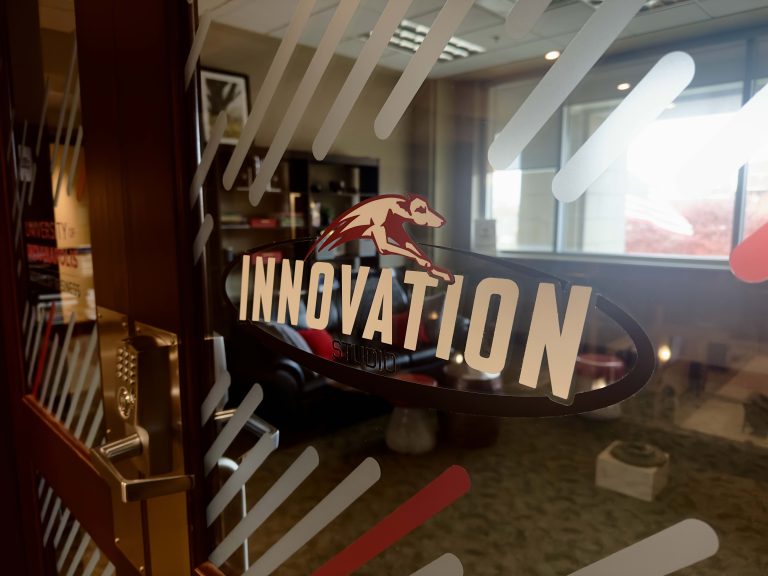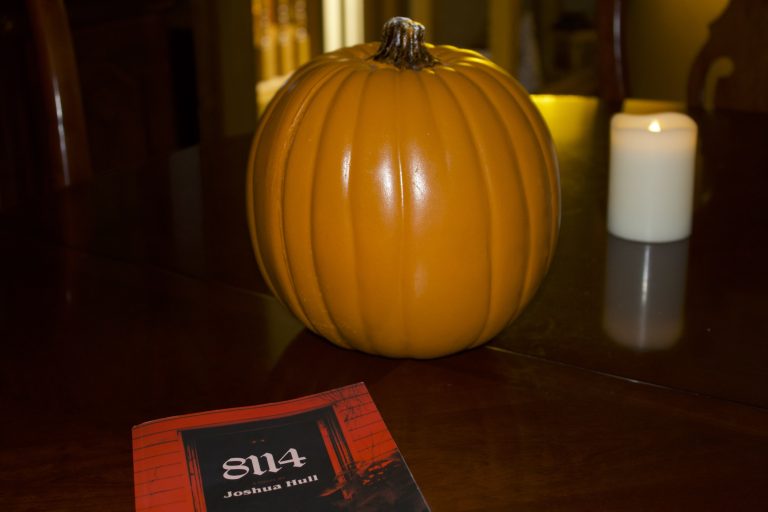
The R.B. Annis School of Engineering helped local non-profit BUV convert a Basic Utility Vehicle to run on electricity for an African community, eliminating the need to buy and search for fuel.
The School of Engineering and BUV, the non-profit that manufactures and delivers BUVs to communities in Africa, worked together on various projects for at least four years according to Associate Professor of Engineering Paul Talaga. During the COVID-19 pandemic, a benefactor of BUV in Pennsylvania attempted to convert a BUV, which normally runs on diesel, to run on electricity. The vehicle ended up back in Indianapolis and was then sent to Anderson University where solar panels were installed, but they also struggled to get it working. The vehicle eventually ended up back in the hands of BUV, which gave it to the University of Indianapolis to problem solve in the spring.
Sophomore Electrical Engineering Major Nate Viewegh took on the project, overseen by Talaga. Viewegh did electrical work for UIndy Racing Club’s Go-karts last year, which helped him become a prime candidate to work on the BUV. Manager of Mechanical Systems and Laboratories at UIndy James Emery assisted with the mechanical work for the project. The bulk of the work took place over the summer with Viewegh troubleshooting various issues with the vehicle.
“I broke down the problem, tackle one subsystem at a time,” Viewegh said. “The first one I started on was the motor controller. They were having problems even communicating with it to turn it on, all that stuff. It’s just about reading manuals, looking through documentation, looking at YouTube videos and seeing how do you get something like this working. So that took a couple of weeks to get all of that stuff working, and then once you have that, you just keep continuing down.”
Other than technical issues, one of the biggest problems Viewegh experienced was the small space he worked in with the vehicle. The components were large, Viewegh said, which made it difficult to fit into the frame of the original vehicle.
Approximately 200 hours of student work was put into the vehicle, Talaga said, with the project wrapping up in October. As a result, Viewegh received an internship offer from NSA Crane on the spot at a career fair. However, the most rewarding part of the project for Viewegh was seeing how much the eBUV can change lives.
The eBUV fulfills functions of a regular BUV, Talaga said. They are normally used for bringing crops from rural communities to market in cities. The eBUV has a top speed of 25 miles per hour and a range of 60 miles on a full charge. The UIndy team added an improvement to the design by installing a power inverter to the vehicle.
“You can plug in like normal appliances to the BUV as well,” Talaga said. “So it’ll get used for moving crops to market, but also you can run a fridge for two days off of the vehicle, and with the solar panels unfurled, you can run the fridge indefinitely because it’s gonna charge during the day and it’s just gonna keep on going. That’s why BUV is very excited to get it over there … It can run lights, it can run water pumps, all of that electrically.”







